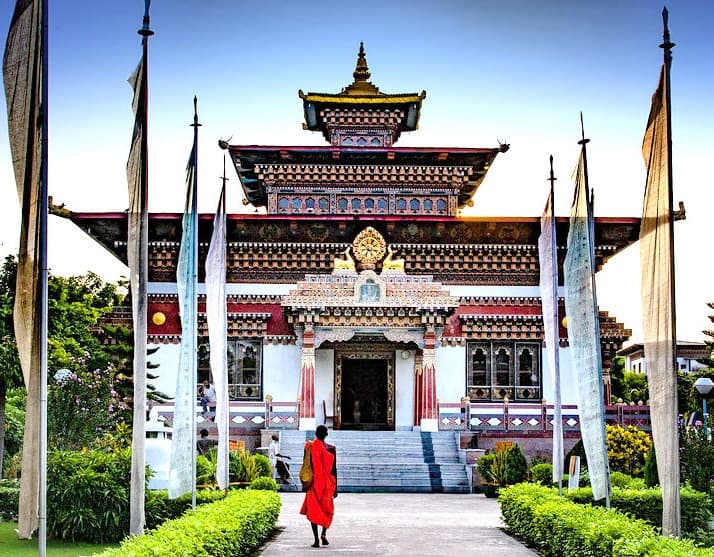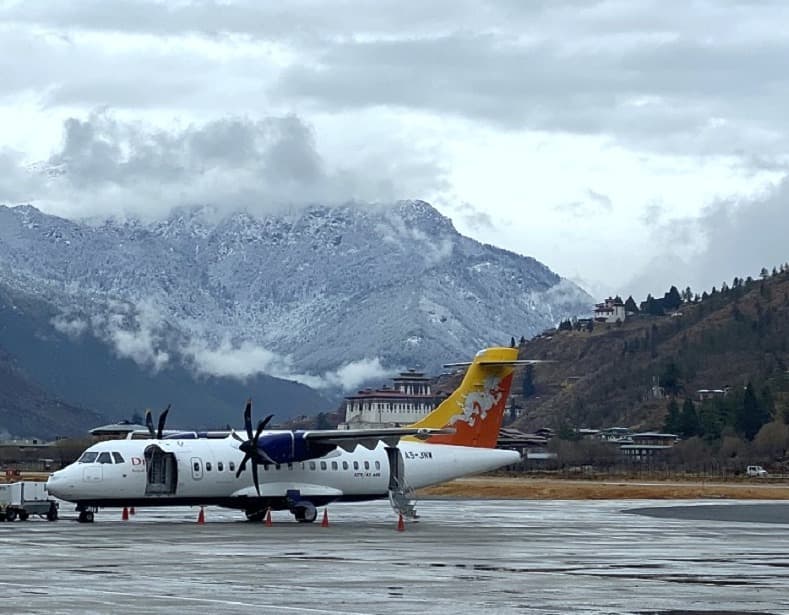Planning your first trip to Bhutan? Embarking on this journey can be as thrilling as it is unique, but knowing what to expect and how to prepare can make all the difference. Bhutan offers a breathtaking blend of ancient culture, profound spirituality, and untouched natural landscapes. As a first-time traveler to Bhutan, you'll need a practical guide that covers everything from obtaining your visa to understanding local customs. Whether you're looking to explore serene monasteries, hike through pristine forests, or simply soak in the tranquility of this secluded Himalayan kingdom, our guide is designed to ensure you have a seamless and enriching experience. Read on for essential tips that will help you make the most of your time in this extraordinary country.
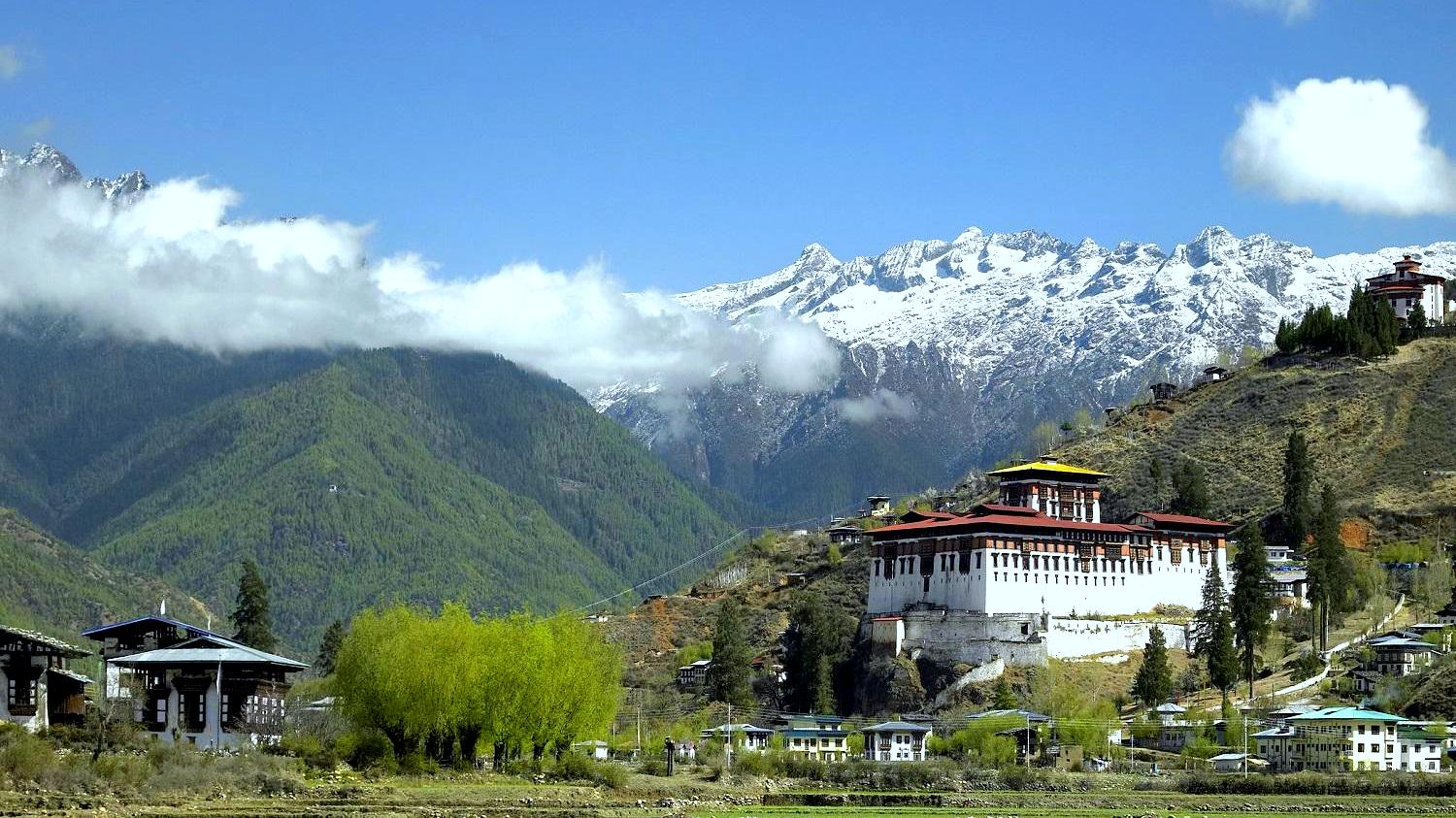
At Druk Holidays, we pride ourselves on being the premier choice for first-time travelers to Bhutan. Our deep understanding of Bhutan's rich culture, landscape, and spiritual heritage allows us to provide unmatched guidance and support to those experiencing the Land of the Thunder Dragon for the first time. We meticulously craft each itinerary to ensure a comprehensive and hassle-free journey, covering everything from visa procedures to cultural etiquette. With Druk Holidays, you're not just visiting Bhutan; you're being introduced to its soul through curated experiences that highlight the best the country has to offer. Trust us to make your inaugural trip to Bhutan as enlightening and seamless as possible.
Understand Bhutan Visa Requirements
Understanding the Bhutan visa requirements is crucial for anyone planning to visit this unique Himalayan kingdom. Here’s a detailed overview to help you prepare for your trip:
Visa Application Process: All tourists (except for citizens of India, Bangladesh, and the Maldives) must obtain a tourist visa before entering Bhutan. This visa must be arranged through a registered tour operator, such as Druk Holidays. You cannot apply for the visa independently.
Tour Package Requirement: The visa application is tied to the booking of a tour package. Bhutan has a unique policy where all tourists must book their visit through a registered tour operator, who will handle all arrangements including accommodations, transportation, a guide, and meals. This is part of Bhutan’s sustainable tourism policy to manage the impact of tourism and ensure that it benefits local communities.
Minimum Daily Package: The government of Bhutan requires all tourists to pay a minimum daily package rate. This rate varies depending on the season (high or low) and includes all of your basic travel needs. As of 2024, the minimum daily package costs approximately $200 to $250 per person per day in the low season and $250 to $300 in the high season.
What the Fee Includes: The minimum daily fee covers your accommodation (3-star or above), all meals, a licensed Bhutanese tour guide, all internal transport (excluding internal flights), and camping equipment if trekking. It also includes a sustainable tourism royalty of $65 per day that goes towards free education, free healthcare, poverty alleviation, and the building of infrastructure.
Additional Costs: Other than the daily fee, tourists may need to pay extra for premium services, luxury accommodations, or special permits if they plan to trek certain routes like the Snowman Trek.
Visa Approval: Once your tour is booked and paid for, the tour operator will apply for your visa. The visa approval comes through approximately 10-14 days before your scheduled travel date. You will receive a visa clearance letter, which you must present upon arrival in Bhutan, where your actual visa will be stamped into your passport.
Flight and Entry Requirements: It’s also important to note that Druk Air and Bhutan Airlines are the only airlines that fly into Bhutan. Most travelers enter Bhutan through its international airport in Paro.
By following these guidelines and ensuring all your paperwork is in order, you can look forward to a smooth entry into Bhutan and an unforgettable visit facilitated by thorough preparation and compliance with local regulations.
Choose the Best Time to Visit
Choosing the best time to visit Bhutan depends on what you want to experience during your trip. The country's climate and cultural calendar offer different attractions throughout the year. Here’s a breakdown of the seasons to help you decide when to plan your journey:
Spring (March to May):
- Weather: Spring is one of the most beautiful seasons in Bhutan with moderate weather and temperatures that are perfect for outdoor activities. The landscape becomes vibrant with blooming flowers, including the famous rhododendrons.
- Activities: This is an excellent time for trekking, photography, and witnessing the lush green valleys. It's also ideal for bird watching as many migratory birds visit Bhutan during this season.
- Festivals: The Paro Tshechu, one of the most popular festivals in Bhutan, usually takes place in March or April. It's a great opportunity to experience Bhutanese culture, with dances, traditional music, and elaborate costumes.
Summer (June to August):
- Weather: Summer in Bhutan can be wet due to the monsoon rains, particularly in the southern regions. However, the northern parts are less affected and can be pleasantly cool.
- Activities: While trekking can be challenging in wet conditions, the rain brings a fresh bloom to the flora. It’s a good time for those interested in the natural ecosystem and photographers looking for lush, dramatic landscapes.
- Festivals: Fewer tourist crowds during this season mean a more intimate experience at local events and in exploring towns.
Autumn (September to November):
- Weather: Autumn is another peak season for visitors due to its clear skies and mild weather. The air is fresh, and the views of the Himalayas are spectacular.
- Activities: This season is perfect for trekking, as the paths are usually dry and the views are unobstructed. It’s also a good time for cultural tours through various dzongs and monasteries.
- Festivals: The Thimphu Tshechu and the Black-Necked Crane Festival are significant events during this period, providing insight into the cultural and ecological aspects of Bhutan.
Winter (December to February):
- Weather: Winter in Bhutan is cold, but the skies are clear, and snowfall may occur at higher altitudes, creating picturesque scenes especially in the mountains.
- Activities: This is a great time for bird watching and experiencing the serene and less crowded side of Bhutan. The winter season is also favorable for exploring the western parts of the country like Paro and Thimphu.
- Festivals: The Punakha Drubchen and Tshechu take place in February, showcasing a reenactment of a 17th-century battle against Tibetan forces.
Choosing the right season for your visit can greatly enhance your experience, depending on your interests and the type of activities you plan to enjoy.
Explore Local Customs and Etiquette
Exploring the local customs and etiquette of Bhutan is essential for any traveler wanting to connect respectfully and meaningfully with its people and culture. Bhutan, deeply rooted in Buddhist traditions, holds numerous customs that reflect its spiritual depth and cultural integrity. Here are some important aspects to consider:
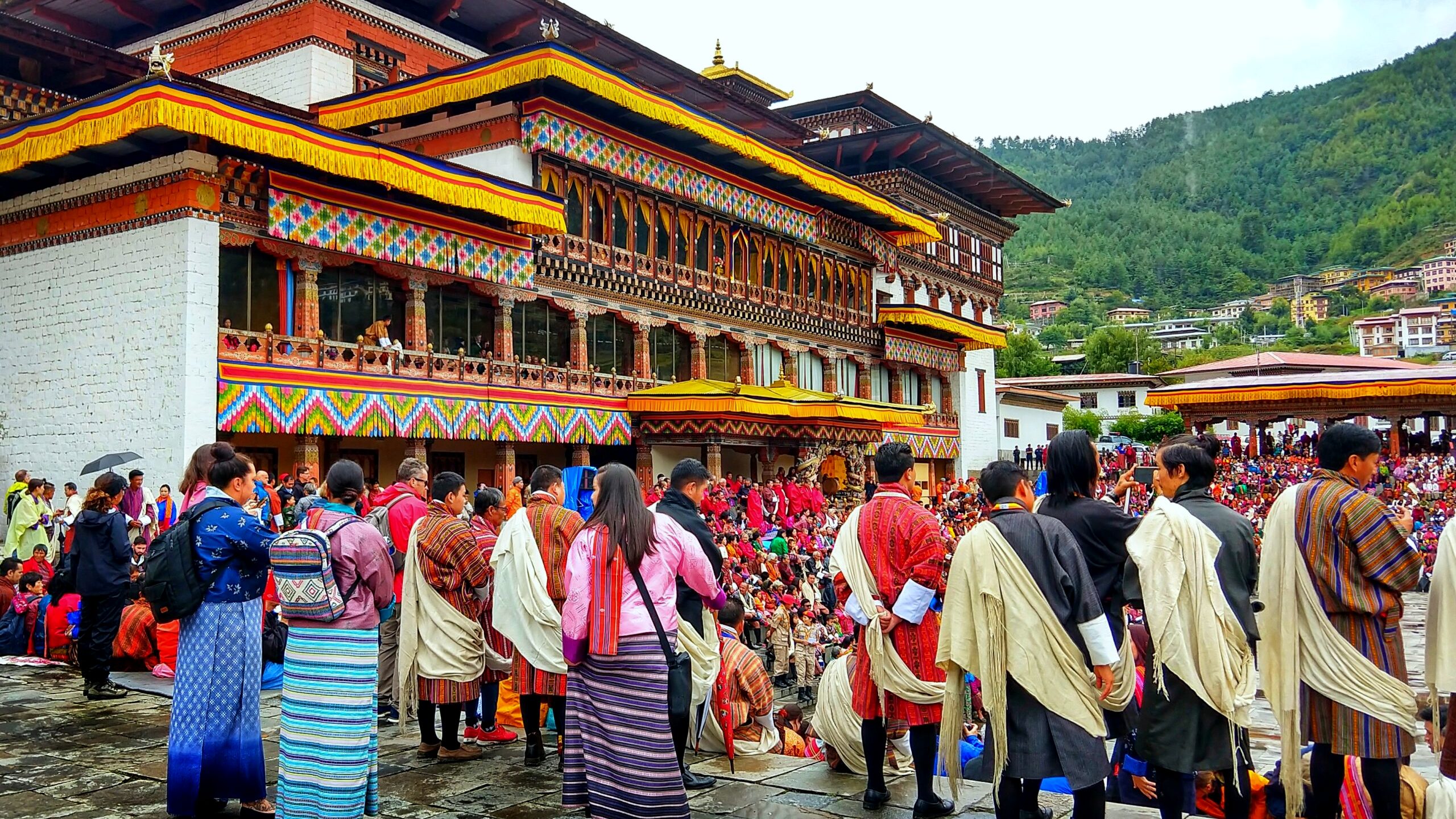
Dress Code:
- Respectful Attire: When visiting religious sites like monasteries, dzongs, and temples, it's important to dress modestly. This generally means wearing long pants and long-sleeved shirts. Women should avoid revealing clothing, and both genders should wear clothing that covers the shoulders and knees.
- Traditional Dress: On formal occasions and in government buildings, many Bhutanese wear their traditional dress—men wear the ‘gho’, a knee-length robe tied at the waist, and women wear the ‘kira’, an ankle-length dress accompanied by a jacket known as a ‘tego’.
Greeting Customs:
- Respectful Greetings: The traditional Bhutanese greeting is to say “Kuzuzangpo” (for hello) while clasping your hands together in front of your chest. This gesture is a sign of respect and goodwill.
Religious Observance:
- Entering Religious Spaces: Always remove your shoes before entering religious buildings or the inner sanctums of a dzong. It is also customary to walk clockwise around religious artifacts and structures.
- Photography: Ask for permission before taking photos, especially inside religious sites. Some areas may prohibit photography completely, so it's respectful to adhere to these rules.
Dining Etiquette:
- Eating Habits: Bhutanese people typically use their hands to eat, but utensils are provided for tourists. It is polite to wait to be told where to sit and not begin eating until the host has started.
- Offering Food: It's common for Bhutanese to offer food several times. Refusing the first offer is normal; it's polite to accept by the second or third offer.
Environmental Considerations:
- Respect for Nature: Bhutan places a strong emphasis on environmental conservation. As a visitor, maintaining cleanliness and respecting wildlife and natural landscapes is crucial. Avoid littering and respect the rules set in national parks and protected areas.
Social Interactions:
- Public Behavior: Public displays of affection are not common in Bhutan and are generally considered inappropriate. It’s advisable to keep behavior conservative to respect local norms.
- Speaking and Conduct: Bhutanese culture values soft-spoken and gentle manners. Loud voices and aggressive behavior are frowned upon, especially in sacred or public spaces.
Understanding and respecting these customs and etiquette will not only enhance your travel experience but also help in fostering a genuine rapport with the local people, making your visit to Bhutan more enriching and rewarding.
Pack Appropriately
Packing appropriately for a trip to Bhutan is crucial due to its varied climate and the range of activities available. Here are some essentials to consider for your packing list to ensure you're well-prepared for all aspects of Bhutanese weather and cultural experiences:
Clothing:
- Layered Clothing: The weather in Bhutan can change quickly, especially in the mountains. Pack layers that you can put on or take off as needed, including a base layer, insulating layer, and a waterproof outer layer.
- Warm Clothing: Even in the warmer months, evenings can be chilly, particularly at higher altitudes. Include warm items like a fleece jacket, woolen hats, and gloves.
- Conservative Dress: For visiting religious sites and government buildings, bring clothes that cover your legs and arms. This includes long pants and long-sleeved shirts.
Footwear:
- Sturdy Hiking Boots: If you plan on trekking, a good pair of hiking boots is essential. Make sure they are well broken-in to avoid blisters.
- Comfortable Walking Shoes: For lighter days of sightseeing, comfortable walking shoes or sneakers are suitable.
Rain Gear:
- Waterproof Jacket: Rain is a possibility in Bhutan, especially if you're visiting during the monsoon season from June to August. A waterproof jacket will keep you dry and comfortable.
- Umbrella: An umbrella can be useful during sudden showers and for protection from the sun.
Health and Hygiene:
- Sun Protection: High altitudes mean stronger UV rays. Include sunscreen, a sun hat, and sunglasses to protect yourself.
- Medications: Bring any personal medications as well as general travel health items like pain relievers, altitude sickness pills (if trekking), and a basic first aid kit.
- Insect Repellent: Depending on the season and regions you are visiting, an insect repellent can be helpful against mosquitoes and ticks.
Accessories:
- Daypack: A comfortable daypack is essential for carrying your daily items, especially if you are trekking or exploring towns.
- Water Bottle: Staying hydrated is important. Carry a durable water bottle that you can refill throughout your journey.
- Camera and Batteries: Bhutan's stunning landscapes and vibrant culture are incredibly photogenic. Remember to bring a camera and extra batteries or a charger.
Miscellaneous:
- Travel Adapters: Bhutan uses Indian-style round pin electrical outlets. Make sure you have the right adapter for charging your electronic devices.
- Snacks: While food is provided if you're on a guided tour, it's always a good idea to bring along some of your favorite snacks, especially for long road trips or hikes.
By carefully considering these items, you'll be well-prepared for the diverse experiences that Bhutan has to offer, from trekking in the Himalayas to exploring ancient monasteries.
Enjoy Bhutanese Cuisine
Enjoying Bhutanese cuisine is an integral part of visiting the country, offering a taste of its rich culture and traditions. Here are some key points to consider and enjoy when diving into the local culinary scene:
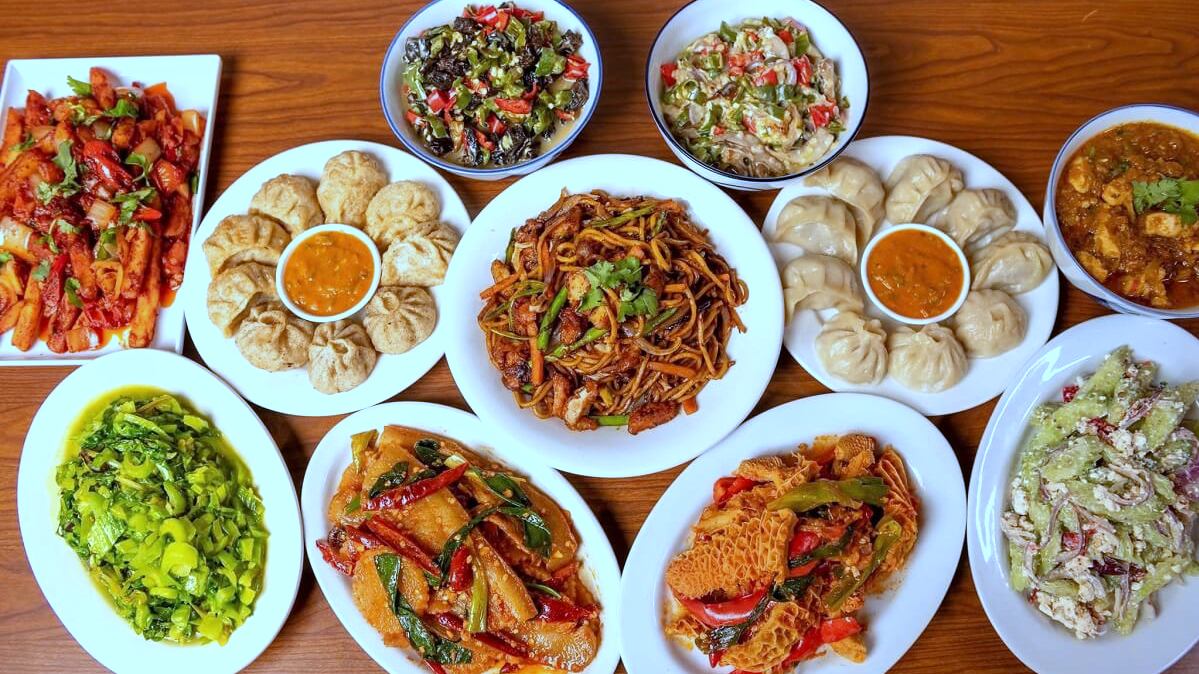
Spicy Flavors: Bhutanese cuisine is known for its use of chilies and spices. The national dish, Ema Datshi, is a must-try. It's a spicy stew made with cheese and green or red chilies, served with red rice. The dish embodies the warmth of Bhutanese hospitality and its people’s love for spice.
Diverse Dishes: Beyond Ema Datshi, explore other popular dishes such as:
- Phaksha Paa: Pork cooked with spicy red chilies.
- Jasha Maroo: Spicy minced chicken, often cooked with tomatoes and coriander.
- Momos: Tibetan-style dumplings that are very popular in Bhutan, filled with either meat or vegetables.
Accompaniments and Staples: Bhutanese meals are often served with red rice, a nuttier and more nutritious variant than white rice. Other staples include buckwheat noodles and pancakes.
Traditional Beverages: Try the local beverages to complement your meals. Ara is a traditional alcoholic drink made from distilled rice, wheat, or corn. For a non-alcoholic option, butter tea (Suja) is a unique Bhutanese drink, blending black tea with salt and butter.
Eating Etiquette: When enjoying Bhutanese cuisine, it’s common to eat with your hands, though utensils are usually available for tourists. Meals are typically served family-style, encouraging a communal dining experience.
Embracing Bhutanese cuisine allows you to connect more deeply with the local culture. Each meal is an opportunity to discover the unique flavors and cooking methods that make Bhutanese food distinctive and memorable. Whether you're trying spicy dishes at a local eatery or enjoying a homemade meal, the flavors of Bhutan are sure to leave a lasting impression.
Plan Activities
Planning activities in Bhutan can turn your trip into an unforgettable adventure, thanks to the country's rich cultural heritage and stunning natural landscapes. Here are some must-do activities to include in your itinerary:
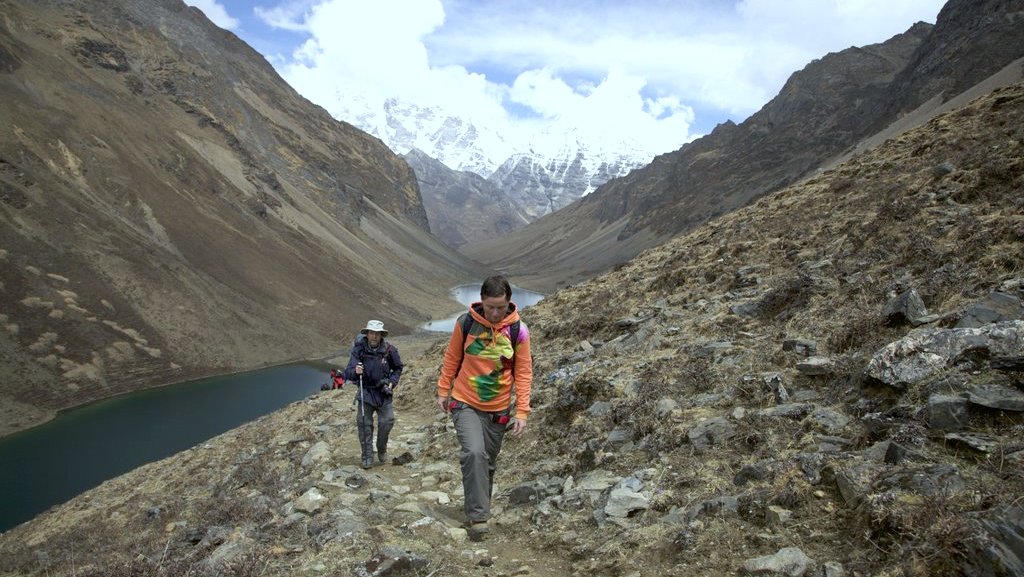
Trekking: Bhutan offers some of the most beautiful trekking routes in the world. The Tiger’s Nest Monastery trek is a popular choice, providing both spiritual significance and breathtaking views. For a more challenging experience, consider the Snowman Trek, known as one of the most difficult treks globally due to its high altitudes and remote locations.
Cultural Tours: Explore Bhutan's vibrant culture through its dzongs (fortresses) and monasteries. The Punakha Dzong and Paro Dzong are architectural marvels that also offer insights into Bhutanese history and spirituality. Visiting these sites during local festivals can enhance your experience with traditional dances and ceremonial rituals.
Archery and Dart Competitions: Archery is the national sport of Bhutan, and attending an archery competition can be a thrilling way to engage with local traditions. Similarly, Khuru (traditional darts) is widely played and offers a lively and sociable atmosphere.
Scenic Drives and Nature Walks: Bhutan's landscape is dramatically scenic. Taking a drive through the mountain passes, such as the Dochula Pass, offers stunning panoramic views of the Himalayas. Nature walks in places like the Phobjikha Valley—a beautiful glacial valley that also serves as a habitat for black-necked cranes—are perfect for wildlife enthusiasts.
Cultural Immersion: Participate in local cooking classes or textile weaving workshops to get a hands-on experience of Bhutanese crafts and culinary skills. These activities provide a deeper understanding of the everyday lives of the Bhutanese people.
Wellness and Meditation: Bhutan's tranquil environment makes it an ideal place for meditation and wellness retreats. Many visitors take the opportunity to engage in guided meditation sessions or yoga classes, often held in serene settings that promote inner peace and reflection.
By incorporating these activities into your travel plan, you’ll not only see the beauty of Bhutan but also participate in its rich traditions, making your journey both enriching and memorable. Whether you're looking for adventure, cultural insights, or relaxation, Bhutan has something special to offer every traveler.
Use a Comprehensive Travel Guide
Using a comprehensive travel guide is essential for navigating Bhutan successfully, especially given its unique travel requirements and cultural depth. Here’s how a detailed guide can enhance your travel experience and what to look for when selecting one:
Detailed Itinerary Planning: A good travel guide should provide itineraries that cater to different interests and durations, whether you're in Bhutan for a few days or a couple of weeks. It should offer options for trekking, cultural tours, and relaxation, ensuring you make the most of your time.
Cultural Insights and Etiquette: Understanding local customs, traditions, and etiquette is crucial in Bhutan. A comprehensive guide will educate you on how to dress appropriately, the significance of local festivals, and etiquette in monasteries and other sacred places. This knowledge not only enriches your visit but also helps in respecting and preserving the local culture.
Logistics and Travel Tips: Bhutan’s unique tourism model requires all tourists to travel with a registered guide and through a tour operator. A detailed guide should explain how to arrange your trip, what to expect in terms of costs (including the daily tariff and what it covers), and tips for traveling within the country, such as the best ways to get from one town to another.
Visa and Entry Requirements: Since obtaining a visa to Bhutan can be complex, a comprehensive guide should provide step-by-step instructions on the visa application process, required documents, and entry protocols. It should also offer advice on travel insurance, health precautions, and emergency contacts.
Must-Visit Destinations: From the iconic Tiger’s Nest Monastery perched on a cliff to the serene Punakha Dzong resting by the river, a good travel guide highlights must-visit destinations. It should offer information on the best times to visit specific places and tips on less-known sites that are worth exploring.
Accommodation and Dining Options: Recommendations for accommodation that suits various budgets and dining options that allow you to try authentic Bhutanese cuisine are important in a travel guide. It should give you a sense of what foods to try, where to find them, and tips on dietary considerations.
Emergency Information: Finally, a comprehensive travel guide should include essential information such as emergency contacts, nearest healthcare facilities, and tips on what to do in case of unforeseen situations.
By ensuring your travel guide covers all these aspects, you can have a smoother and more informed experience in Bhutan, allowing you to fully immerse yourself in the beauty and tranquility of this unique country.
Setting off on your first journey to Bhutan is an opportunity for profound experiences, characterized by the exploration of its rich cultural heritage and stunning natural landscapes. By understanding Bhutan visa requirements, planning your visit during the best time to visit Bhutan, respecting local customs and etiquette, preparing a thorough packing list, enjoying the distinctive Bhutanese cuisine, engaging in a variety of activities, and using a comprehensive travel guide, you ensure a smooth and enriching trip. Each of these essential tips helps you not only to discover Bhutan but to connect deeply with its essence and people. So, prepare for a journey that promises both adventure and spiritual enrichment in the mystical landscapes of Bhutan.
FAQs of the Essential Tips for First-Time Traveler's to Bhutan
Q: What are the visa requirements for Bhutan?
A: All international tourists must obtain a visa through a registered tour operator. This process includes booking your entire trip with a tour operator who will then apply for your visa.
Q: How much does it cost to travel to Bhutan?
A: Bhutan has a unique daily fee policy, which ranges from $200 to $300 per day depending on the season. This fee covers accommodation, food, transportation, a guide, and a sustainable tourism royalty that contributes to the country's free education and healthcare.
Q: What is the best time to visit Bhutan?
A: The best times to visit are during the spring (March to May) and autumn (September to November) when the weather is favorable for outdoor activities and cultural festivals.
Q: What should I pack for a trip to Bhutan?
A: Essential items include layers of clothing for variable weather, sturdy hiking boots, rain gear, sun protection, and culturally appropriate attire for visiting religious sites.
Q: Can I use credit cards and ATMs in Bhutan?
A: While some hotels and shops in major towns accept credit cards, it’s wise to carry some cash. ATMs are available but may not be as reliable or widespread as in more developed countries.
Q: What are the must-try dishes in Bhutanese cuisine?
A: Be sure to try Ema Datshi (chili and cheese stew), Phaksha Paa (pork with red chilies), and Momos (dumplings). These dishes reflect the rich culinary traditions of Bhutan.
Q: What cultural etiquette should I be aware of?
A: Dress modestly, especially at religious sites. Always ask permission before taking photographs of people or religious icons. It's also customary to remove your shoes before entering religious buildings.
Q: Are there any health precautions I should take?
A: Visitors should consult with a travel doctor for vaccinations and health advice. Altitude sickness might be a concern in higher areas, so it's important to acclimatize properly.
Q: What is the situation with internet connectivity in Bhutan?
A: Internet is available, but connectivity can be limited especially in remote areas. It’s best to prepare for intermittent access.
Q: How do I respect Bhutan’s environmental policies?
A: Bhutan is committed to maintaining its natural environment. Travelers are encouraged to respect wildlife, avoid littering, and use eco-friendly products.


